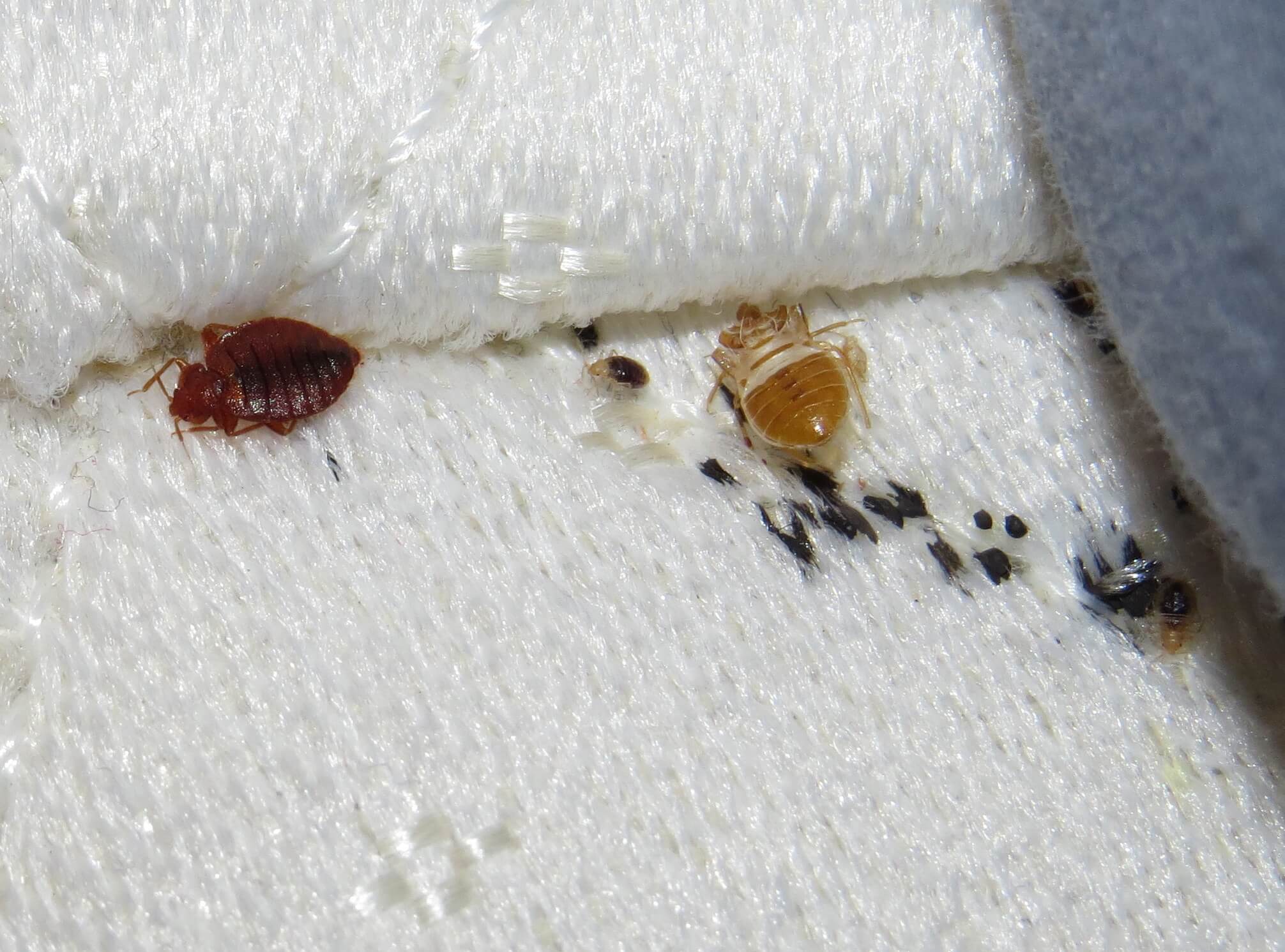Top-Rated EZ Commercial Pest Control Service for Services
Top-Rated EZ Commercial Pest Control Service for Services
Blog Article
The Ultimate Bed Insect Treatment Handbook: Expert Insights and Recommendations
Within the realm of insect control, bed pests posture a distinct challenge with their elusive nature and durable presence. The quest for reliable bed insect treatment approaches has actually led to a huge selection of suggestions and options, some even more trustworthy than others. In this handbook, experts in the field provide their insights and recommendations based upon years of experience combating these consistent parasites. From comprehending bed pest habits to applying prevention approaches and identifying infestations, this thorough guide aims to equip readers with the knowledge required to deal with bed bug concerns efficiently.

Understanding Bed Pest Habits
Recognizing the detailed behavioral patterns of bed bugs is important for efficient insect control approaches. Bed pests, medically referred to as Cimex lectularius, are small, reddish-brown parasitic bugs that eat the blood of human beings and pets. These nocturnal bugs are experienced at hiding in fractures and holes near their hosts' resting locations, making them challenging to spot and remove.

Reliable Prevention Approaches
One of the key avoidance tactics is to consistently examine and tidy locations where bed pests can hide, such as bed linens, furnishings, and fractures in walls. When acquiring used furniture or apparel, inspecting items extensively before bringing them into the home is vital in preventing bed insect problems. By integrating these precautionary actions right into routine house routines, individuals can dramatically minimize the possibility of bed bug infestations.
Identifying Bed Pest Problems
Upon getting in a space suspected of a bed pest problem, one might observe little red or brown places on bedding or furniture, suggesting the presence of these bugs. Another common indicator of a bed pest invasion is the presence of molted exoskeletons lost by growing bed insects.
A mildewy odor in the space could also suggest the visibility of bed pests, as these insects launch pheromones that result in a distinct smell. Examining cracks and crevices in furniture, wall surfaces, and mattress joints might reveal actual bed insects, which are reddish-brown, oval-shaped bugs about the dimension of an apple seed. Comprehending these signs is vital useful reference for early discovery and reliable therapy of bed bug problems.
Recommended Therapy Approaches
Effective bed insect therapy approaches count on a combination of extensive examination, targeted extermination, and precautionary procedures to eliminate infestations properly. The primary step in dealing with bed insects is a detailed evaluation to determine the extent of the infestation. This typically involves taking a look at areas where bed pests are likely to hide, such as cushion seams, furnishings joints, and electric outlets. When the infestation is validated, targeted extermination methods can be used. Common strategies include making use of pesticides, warmth treatments, or freezing methods to kill bed bugs at all life phases. It is important to comply with the guidelines offered by insect control experts when making use of these techniques to make sure safety and security and effectiveness.
In enhancement to extermination, preventive procedures play a critical role in protecting against future infestations. This includes regularly cleaning and decluttering living rooms, sealing splits and crevices where bed bugs can conceal, and using mattress encasements to secure versus problems. By integrating detailed assessment, targeted elimination, and preventative actions, people can efficiently battle bed insect infestations and keep over here a bed bug-free setting.
Keeping a Bed Bug-Free Atmosphere
After executing effective bed insect therapy techniques, keeping a bed bug-free environment needs constant watchfulness and proactive actions to stop future infestations. Encasing bed mattress and box springtimes with bed bug-proof covers can prevent any remaining bed insects from escaping or new ones from infesting. Securing fractures and holes in wall surfaces, furniture, and other possible hiding areas can limit bed bug movement and prevent problems.
Final Thought

Report this page